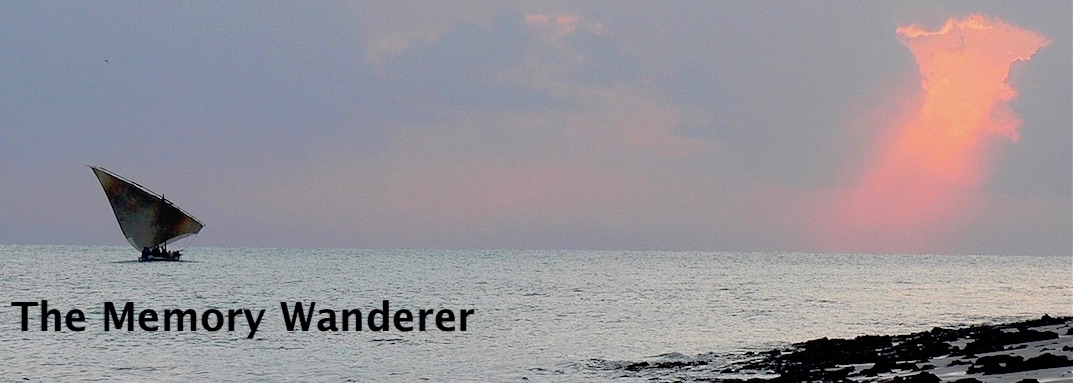
She had travelled up by train from Hastings, where she had a flat in the Old Town, crossing London and then catching the Euston to Fort William sleeper train. It was only after she arrived that we began to realise that something was seriously wrong. I remember that one of the symptoms of her mental decline was her conviction that Balmoral was just up the road in Ormsaigbeg, and her insistence that she should walk up to see the queen. My mother had always been a staunch royalist though for reasons I didn't understand, she called the queen Brenda.
By the end of her stay we were convinced that, although she was quite happy to do it, she could not travel back to Hastings alone. We were extremely busy in the shop but were saved by my Aunt Noel who, by that time, was regularly holidaying in Kilchoan: she offered to accompany her all the way back to Hastings, an offer which we gratefully accepted.
In the coming year we moved her to a care home, from which she 'escaped' on occasion, once being found by the police at Hastings station on her way up to Kilchoan - but it was late in the evening, she was dressed in her pyjamas and a dressing gown, and we weren't expecting her. We quickly moved her into secure accommodation. She never returned to Kilchoan and the only times I saw her during her last few years were on our annual trips down to England when, each time, she could remember less and less and was more and more confused until, on the final occasion I saw her, I don't think she knew who I was.
So I look at the picture and think that this was the last time she was, mostly, herself, the last time we could communicate. She died in 2002 at the age of 89.





















































